'Kia ora koutou. Today was the final All in Hui' for 2023 at Lower Moutere School. Over the last 4 terms, the Kākui Ako ki Motueka kaiako have been attending workshops and hui around a range of topics including:
0 Comments
The images are above are a great way to support and embed the RbL profile in your classroom. This teacher has these above his whiteboard as a reminder for his students, and himself, of the key aspects of their learning. The 5 aspects of Power Sharing, Co-construction, Prior Learning, Feedback and Feedforward give the class the tools to maintain a whānau-like environment whereas the other posters remind the students to question their learning and what their next steps are. Great mahi.
We will make these posters available for free download on the resources tab. On Wednesday 2nd, the Within School Teachers took part in a stunning piece of professional development with Lara Hania and Michael Elkington. Michael Elkington – Kaiarahi - has been designing and delivering culturally focused EOTC, local curriculum programmes for 20 years. Michael leads the Whenua Iti Outdoors secondary Manaaki Tāpoi (cultural tourism) programme and Waka Ama Journeys. Lara Hania draws on 30 years experience as an educator working across early childhood, primary, secondary, and tertiary sectors. She has been facilitating cultural competency workshops for over a decade, and is wholely comitted to equitable and thriving outcomes for rangatahi Māori. She currently works at Whenua Iti Outdoors and also as a bilingual teacher in Ngā Mana Kākano o Te Wairepo at Victory Primary school. Lara is a Storyteller. She is Pākehā, Mother to three Rangatahi with Ngāti Tūwharetoa, Ngāti Raukawa ki te Tonga, and Te Ātiawa whakapapa. Over the course of the afternoon, Lara and Mike took the WST through a fascinating journey of the history of our region and the impact that colonisation had on Motueka and surrounds. They were joined by Callum, who introduced some important aspects of tikanga and great advice on te reo speaking. We will share more about this mahi in the coming weeks as we look to work with Whenua iti in making this PLD available to our whole Kahui Ako Ngā mihi nui to Lara, Mike, Callum, Mark and the team at Whenua iti.
The focus for my WST role this year is to establish a sustainable NE Hui model at MHS.
My challenges are that our staff teach a number of classes, (at different levels and in different subject areas), our staff have different levels of knowledge and understanding of the RbL profile, and our staff already have a number of meetings to attend. Tricky. As a first step we needed to create the institutional space for the meetings, and we needed a name for our meetings. The decision was made to group staff in faculties and to add two Target Student Meetings to our termly meeting timetable. There was no turning back now. In week three I ran a PD session for our HODs. (Each with their own sphere of influence). I outlined the purpose of the meetings, how they would run, protocols, the coordinator’s role, recording of information at the meetings and how the impact could be evaluated and monitored. Thank you to Lara, Nich, Tom and Lesley who met with me prior to this meeting and helped create an exemplar video of a TSM so that HODs could see what was involved. To add to the difficulty level the entire PD session was via Zoom! Screen sharing a PowerPoint presentation… with video… talking to a screen… or myself?... accessing questions via chat … all well out of my comfort zone. Week four was my opportunity to run a similar session for all staff and once again Zoom was the platform for sharing this information. To support this socially distanced method of professional development I gave staff access to a shared Google Drive so that they could revisit the presentation, the documents and the video. It was also at this stage that staff got their homework for the following week – come to your designated TSM with a wondering, issue or challenge you have with a Year 9 student or group of students. Teachers were asked to bring some data to help unpack or illustrate their wondering. With seven Year 9 classes, seven staff would bring data and be coached at each of our faculty meetings. All systems go. At the Year 9 Target Student Meeting (week five), coordinator’s ran the meeting and staff took turns presenting and being coached. As this was happening, names, subjects and wonderings were all recorded on a shared spreadsheet. As the coaching occurred, strategies and next steps, along with a buddy teacher to support, were also recorded. It was amazing to see the sheet filling up in real time with the names of target students, and with a variety of strategies and next steps for each teacher. It was also positive to see that the strategies were focused on relationships for learning and sound pedagogy. The beauty of the shared spreadsheet is that it provides information at a glance for teachers, Deans, HODs, SCT and leadership. Connections and patterns are highlighted both within subjects and within year groups. Certainly, as Year 9 Dean I found it incredibly useful. In week seven of the term, we ran a repeat TSM for the teachers of Year 10 students. As the final part of the cycle, each teacher who has been coached is completing a reflection template and sharing it with their HOD by the beginning of Term 2. In week two, we will have a whole staff meeting to review and evaluate the process, our first attempts and the impact. The intent is that this cycle will then be repeated in a similar format in terms two and three. MHS also plans to collect voice in Term 2. It may be that voice is collected from the junior students identified in the target student meetings. So, still a work in progress but we have made a start and there is an expectation that the NE Hui is part of effective teaching and learning at MHS. Next steps for my role are to conduct a robust review, upskill new staff, and keep the profile front and centre of our work. Hope the NE Hui are going well at your place. |
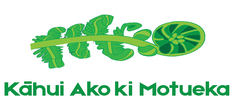

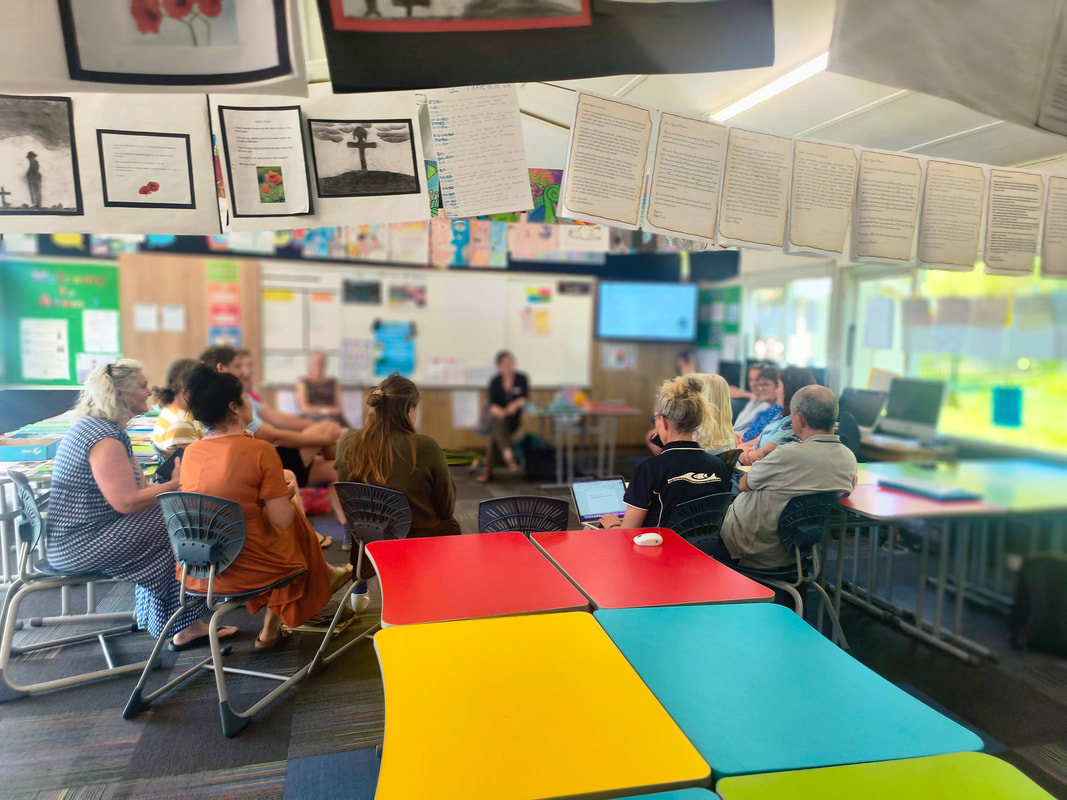
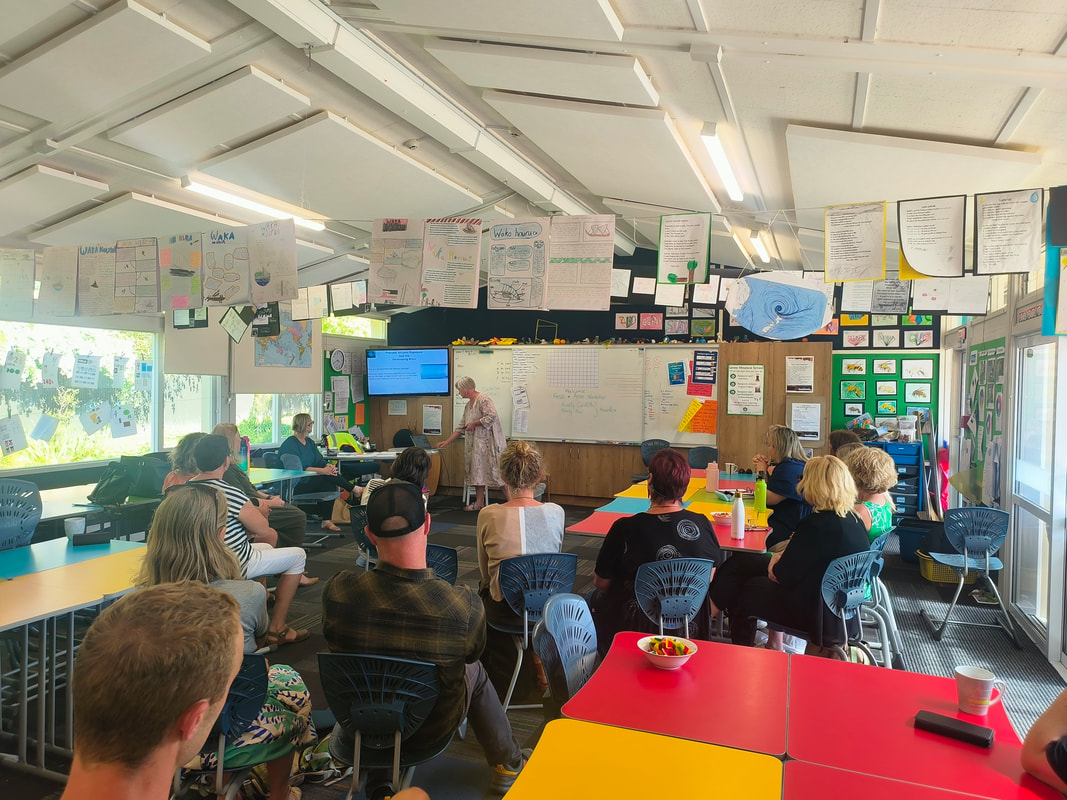
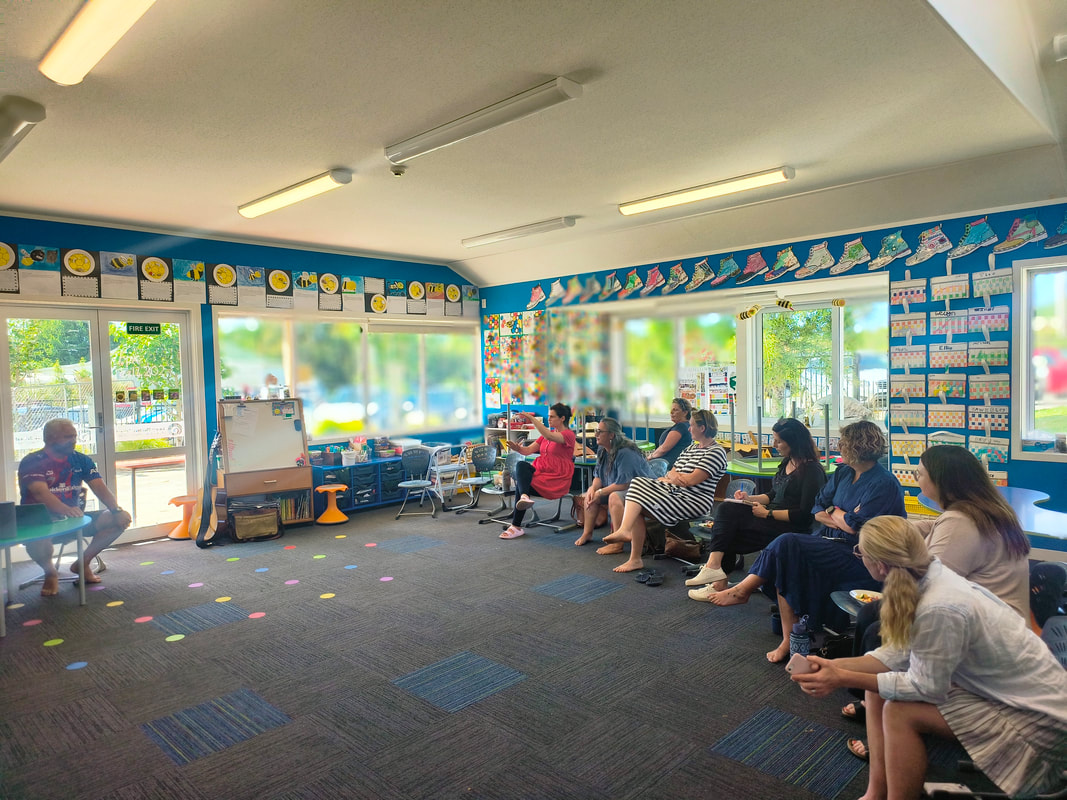
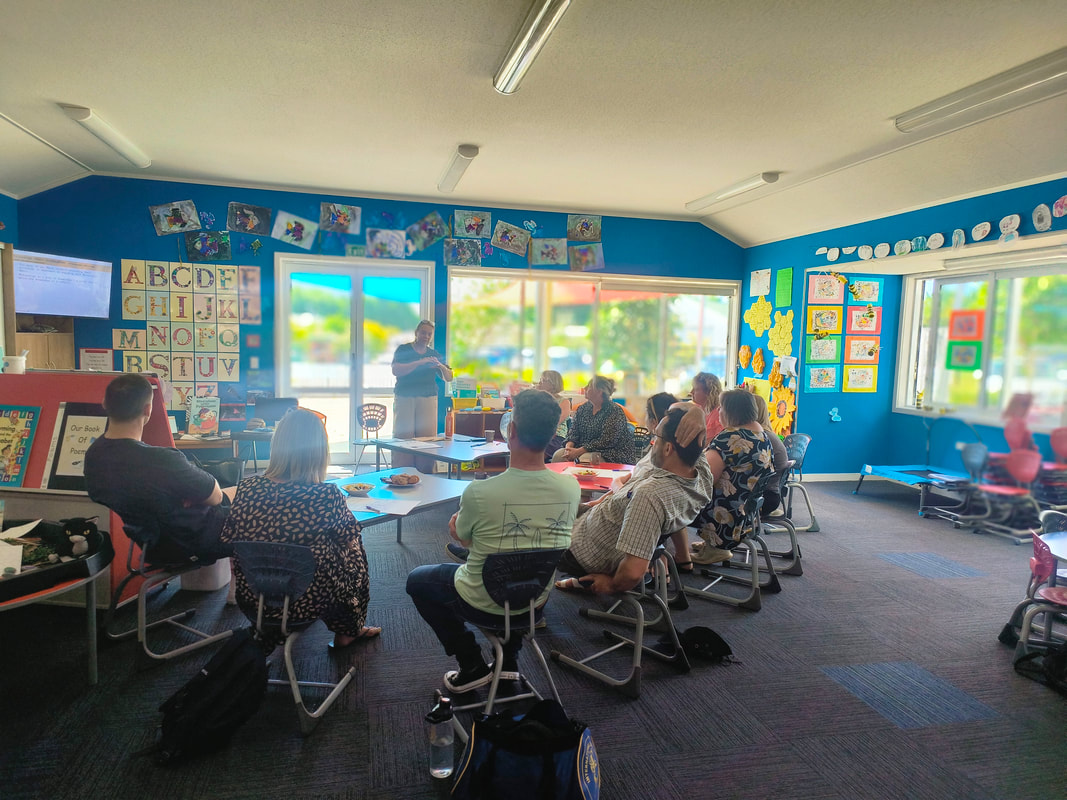
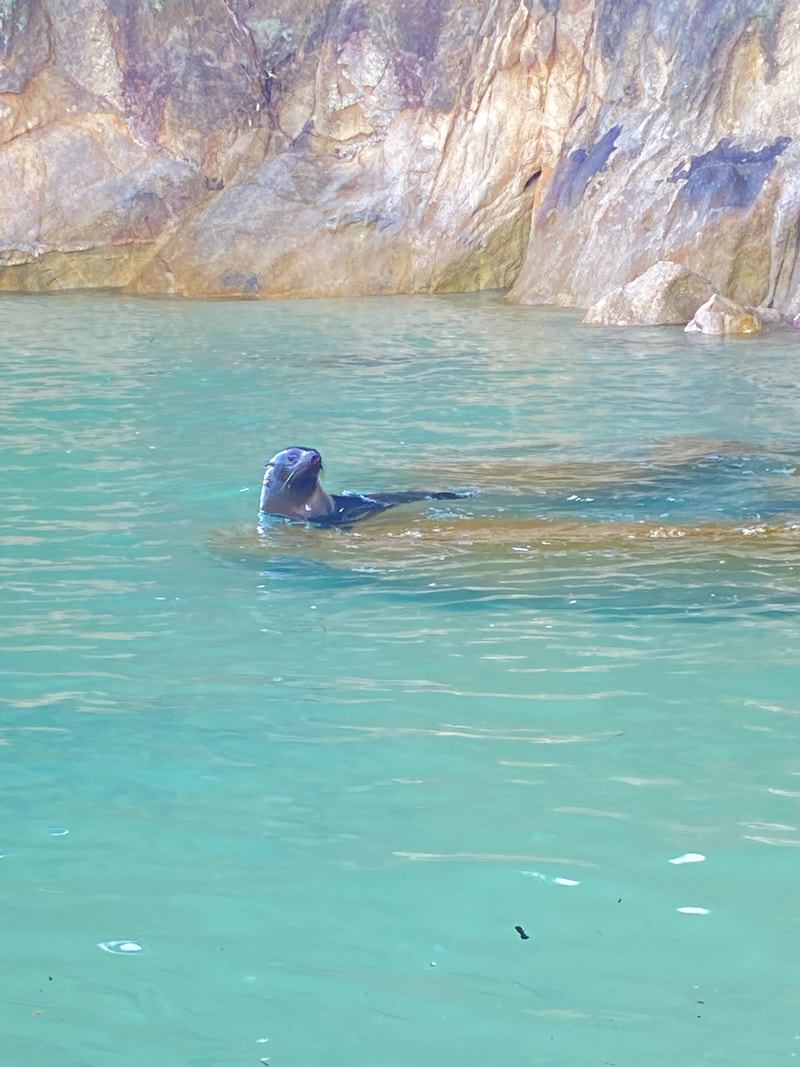
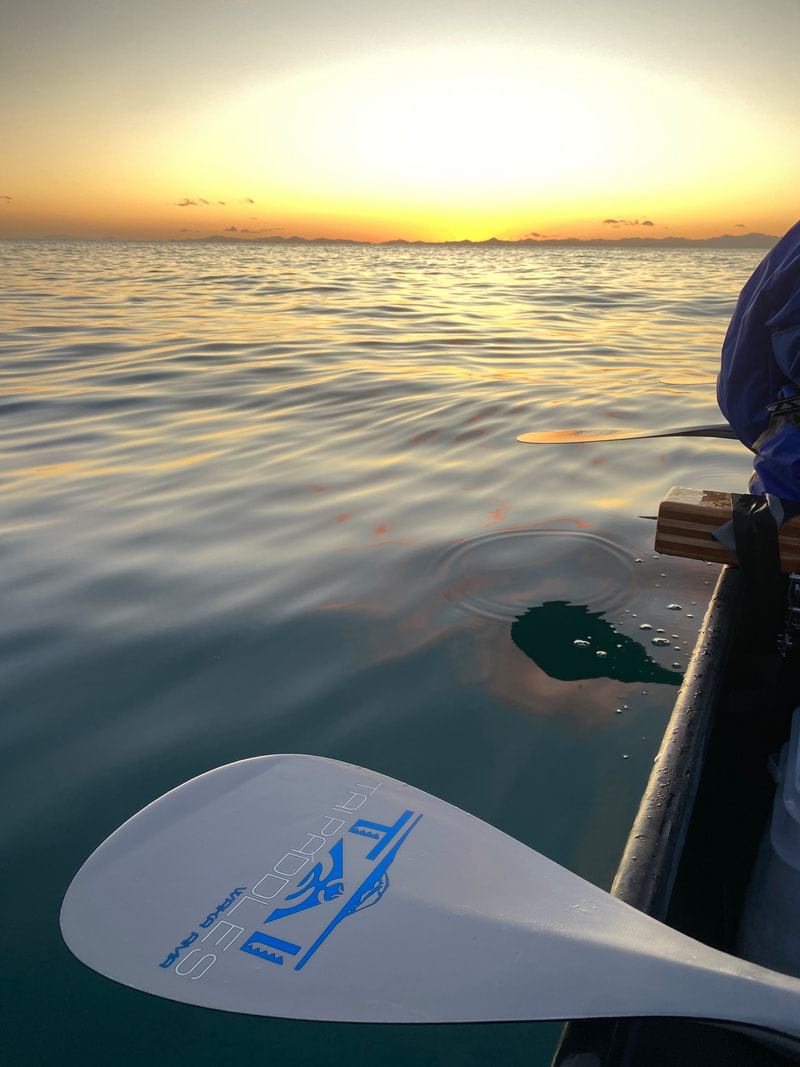
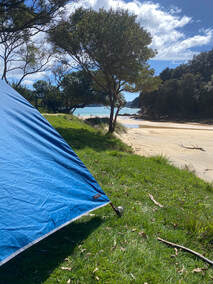
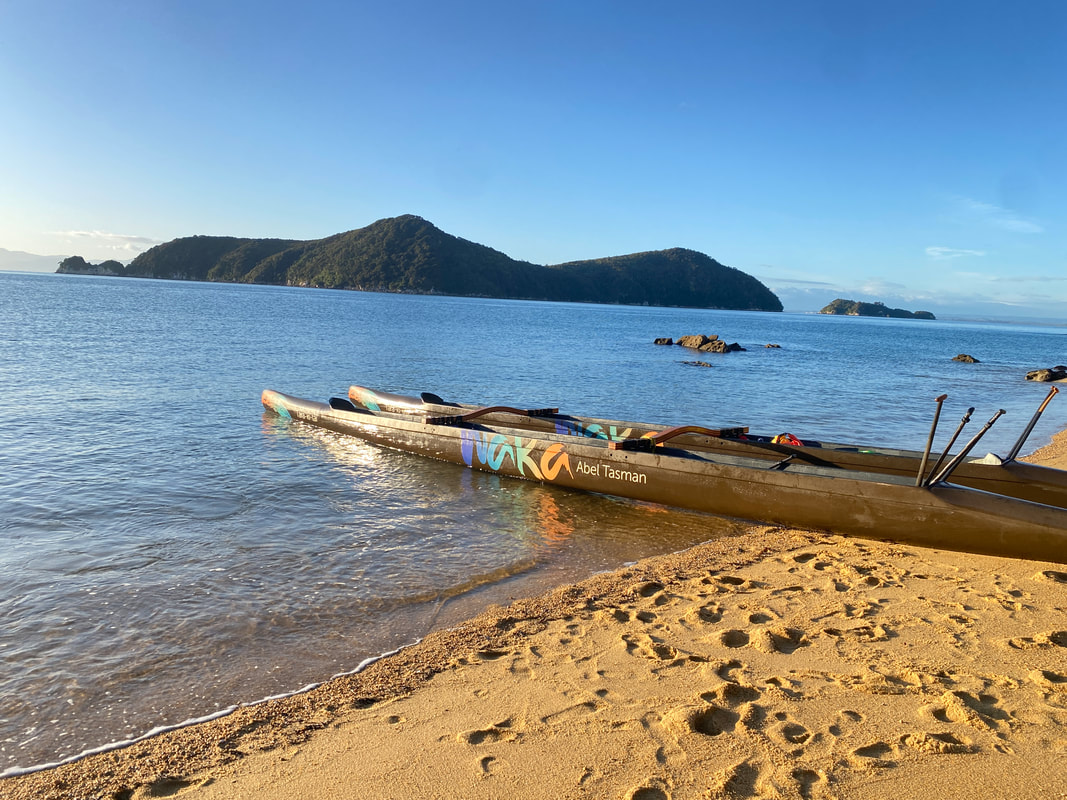
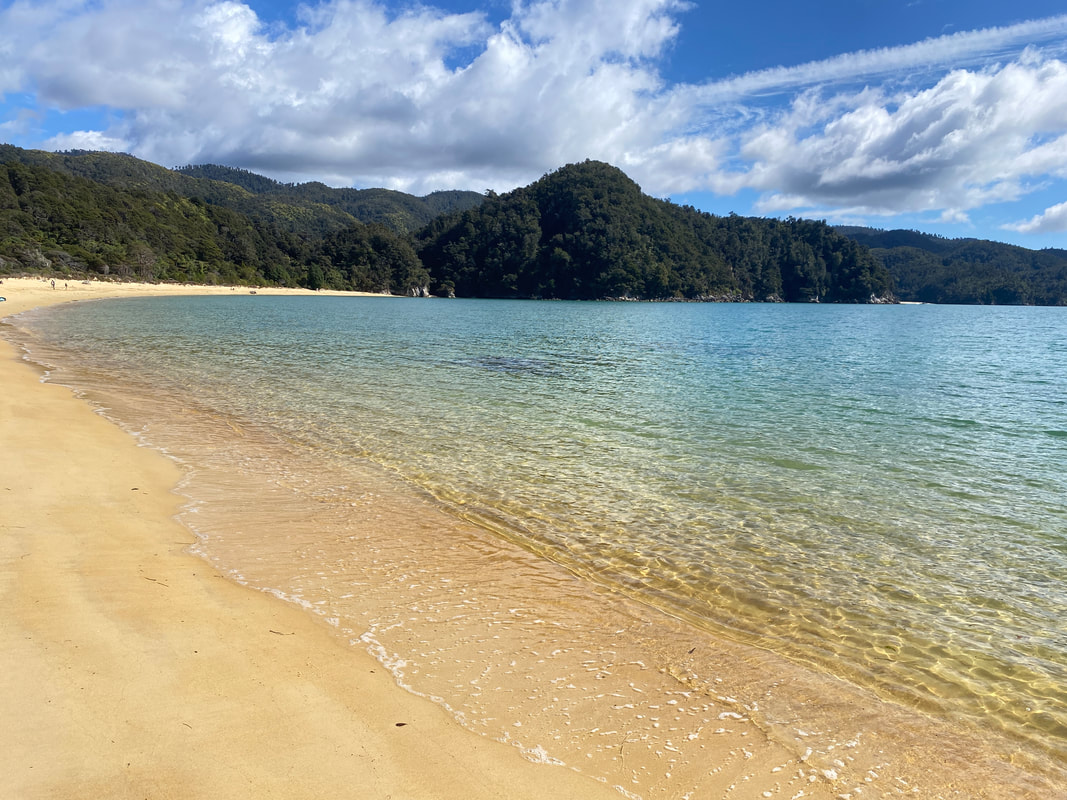
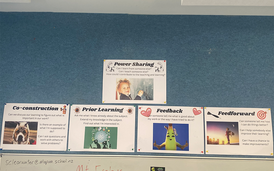
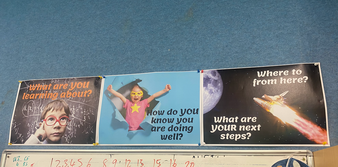
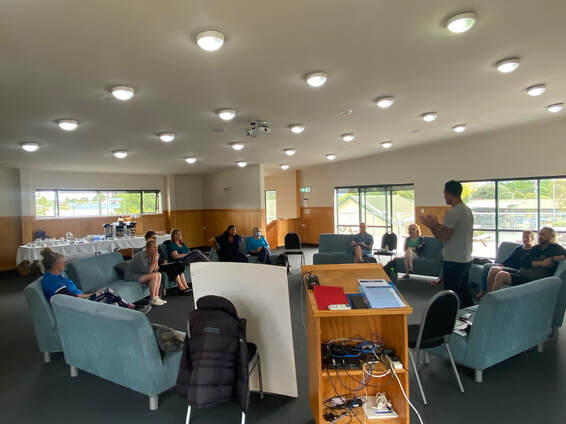
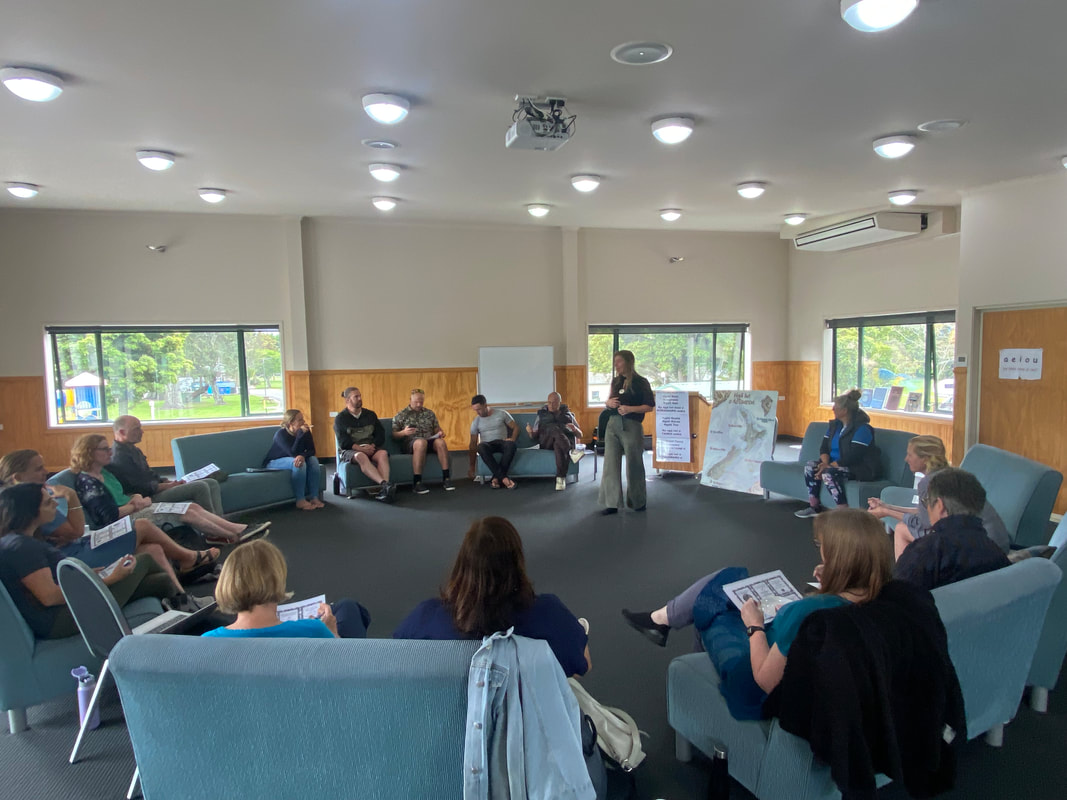
 RSS Feed
RSS Feed